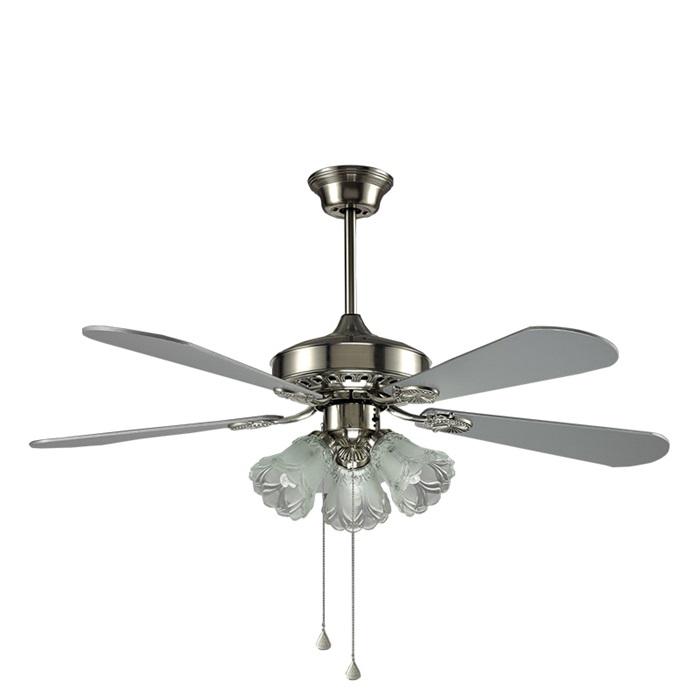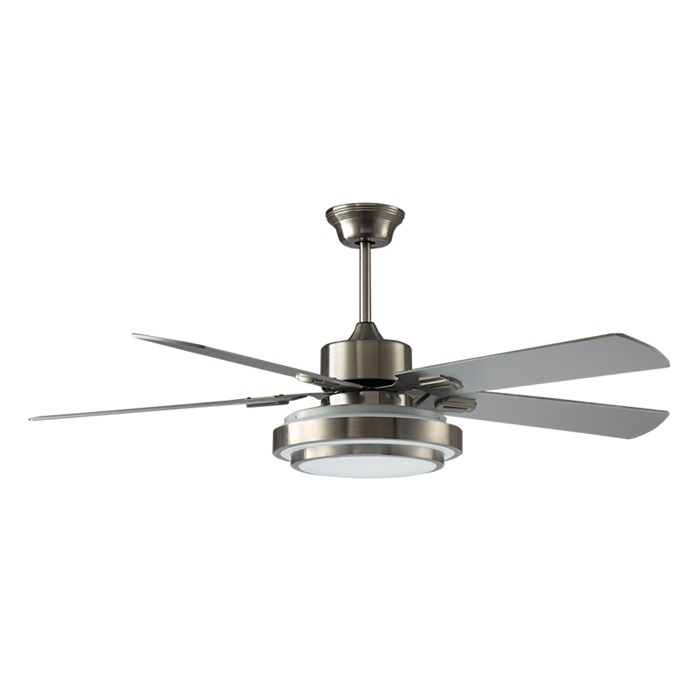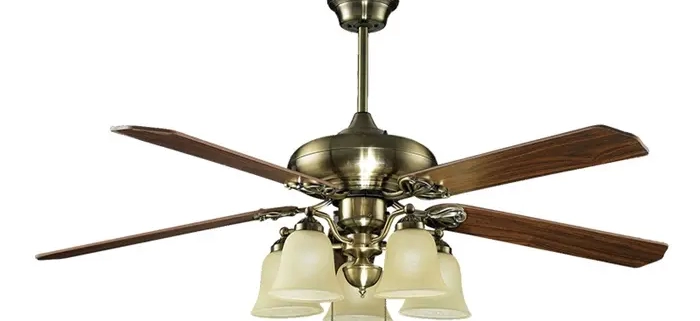3 Blade Vs 4 Blade Ceiling Fans: Which Is Better?
Ceiling fans are essential fixtures in many homes, providing comfort and air circulation throughout the year. One of the most important factors to take into account when choosing a ceiling fan is frequently how many blades it has. Traditionally, fans come with either three or four blades, each design boasting its own set of advantages. However, the question remains: which is better? Let’s delve into the characteristics of both options to determine which might suit your needs best.
Efficiency and Airflow
When comparing ceiling fans with three or four blades, one important thing to take into account is how well they circulate air. Many believe that more blades equate to better airflow. However, the truth is slightly more nuanced.
Three-blade fans are often associated with sleeker, more modern designs. They often use less energy since they have fewer blades, which means that they need less electricity to run. Additionally, the streamlined design of three blades can create a more focused airflow, making them ideal for smaller rooms or areas where a concentrated breeze is desired.
On the other hand, four-blade fans are known for providing a smoother airflow. The additional blade can help distribute air more evenly throughout the room, making it suitable for larger spaces or rooms with high ceilings. Even while they might use a little bit more energy than their three-blade counterparts, the efficiency difference is frequently insignificant.

Aesthetics and Design
Beyond functionality, the aesthetic appeal of a ceiling fan plays a significant role in many homeowners’ decision-making processes. Fans with three or four blades each have unique aesthetic qualities that go well with a variety of interior design themes.
Three-blade fans are often favored for their minimalist and contemporary appearance. They are well-liked options for contemporary houses or areas with a minimalist vibe because of their simple lines and uncluttered form. Additionally, the simplicity of the three blades can help create a sense of openness and space in smaller rooms.
Conversely, four-blade fans tend to have a more traditional or classic look. They go well with more conventional or elaborate décor schemes since the extra blade permits ornamental accents or embellishments. Additionally, four-blade fans can offer a sense of symmetry, which can be visually appealing in certain settings.

Noise Level
The noise level generated by a ceiling fan can significantly impact the comfort of a room. There are several distinctions between three- and four-blade fans to take into account, even though both may run quietly with the right installation and upkeep.
Three-blade fans, with their streamlined design, often produce less noise during operation. A quieter fan is produced by having fewer blades, which reduces airflow turbulence. This can be particularly advantageous in bedrooms or other areas where noise levels need to be kept to a minimum.
However, the noise level of a fan is not solely determined by the number of blades but also by factors such as motor quality and blade pitch. It’s important to take these elements into account in addition to the number of blades because fans with four blades that have well-designed motors and blades can work just as quietly as those with three blades.

Conclusion
In the debate between three and four-blade ceiling fans, there is no clear winner. The choice ultimately depends on your specific needs, preferences, and the characteristics of the room where the fan will be installed. Whether you are looking for 3 blade or 4 blade ceiling fans, BoQiFan is ideal for you. Browse our website for more product details today!




Leave a Reply
Want to join the discussion?Feel free to contribute!